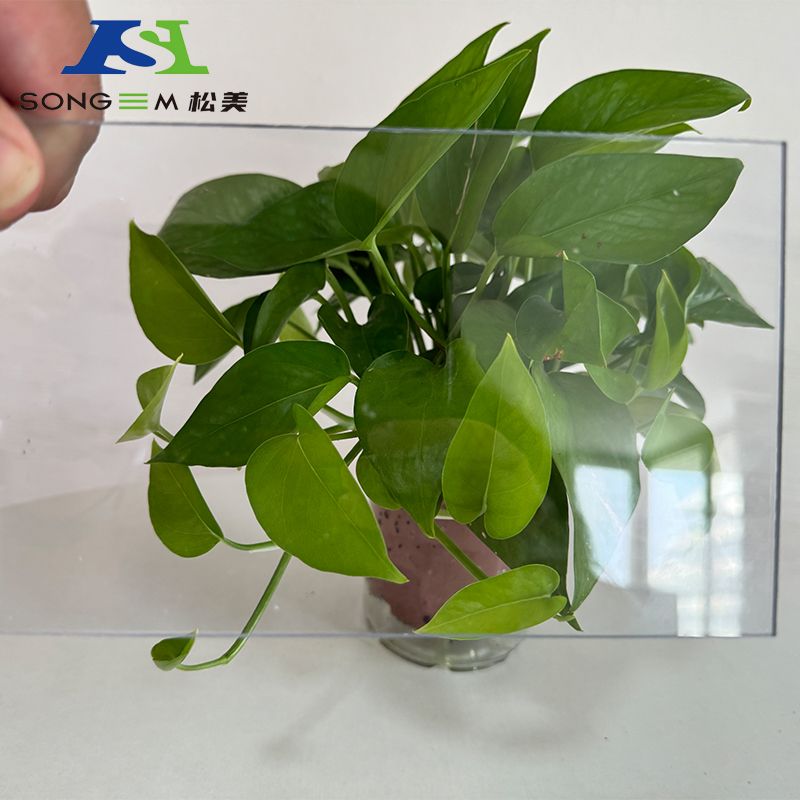What is the Life Expectancy of a Solid Sheet?
Feb. 14, 2025
When considering the durability and lifespan of materials for various applications, one of the key factors to assess is the life expectancy of the materials involved. Solid sheets, made from various materials like acrylic, polycarbonate, or PVC, are popular in industries ranging from construction to manufacturing. However, understanding the expected lifespan of these materials is crucial for ensuring long-term reliability.
Factors Affecting the Life Expectancy of Solid Sheets
The life expectancy of a solid sheet can vary depending on several factors, such as the material type, environmental exposure, and usage conditions. Here's a breakdown of some key influences:
Material Composition: Different materials have varying degrees of durability. For example, acrylic sheets generally last longer under UV exposure compared to other plastic options, while polycarbonate sheets are more impact-resistant but may degrade faster under harsh UV exposure.
UV Exposure: Continuous exposure to ultraviolet rays can cause the material to degrade over time, leading to discoloration, brittleness, and loss of structural integrity. Protective coatings can help extend the life of solid sheets exposed to sunlight.
Environmental Conditions: Extreme temperatures, high humidity, or exposure to chemicals can affect the longevity of the material. Solid sheets used in outdoor environments or industrial settings need to be resistant to these conditions to ensure they last longer.
Thickness and Size: The thickness of the sheet plays a role in its durability. Thicker sheets generally have a longer life expectancy as they are less prone to wear and tear. For example, a 5mm solid sheet might offer greater durability than a 3mm solid sheet due to its increased strength.

Typical Life Expectancy Ranges for Solid Sheets
Acrylic Sheets: Typically last 10-20 years depending on environmental factors and whether they are coated with UV-protective layers.
Polycarbonate Sheets: Generally have a life expectancy of 10-15 years, though this can vary based on thickness and protective treatments.
PVC Sheets: Often last 5-10 years under typical conditions, with a longer lifespan if protected from UV radiation.
Choosing the Right Thickness for Longevity
When selecting solid sheets, the thickness of the material plays a critical role in its overall longevity. For example, a 5mm solid sheet might be more resistant to wear and UV damage compared to a thinner 4mm solid sheet. If you're looking for something that balances durability with flexibility, the 3mm solid sheet might be an ideal choice for less demanding applications.
To make a more informed decision about which thickness is best suited for your needs, consider the environment and intended use. For more durable, long-lasting performance, opt for a thicker solid sheet, especially for outdoor or industrial applications.
Conclusion
In conclusion, the life expectancy of a solid sheet can vary widely depending on the material, environmental factors, and its thickness. To ensure the longest lifespan for your applications, it’s important to choose the right material and thickness, such as a 5mm solid sheet for enhanced durability or a 3mm solid sheet for a lighter, more flexible option. For more detailed information, you can explore different options such as 5mm solid sheet, 4mm solid sheet, and 3mm solid sheet for specific applications.
42
0
0
Previous: None
Next: None

Comments
All Comments (0)